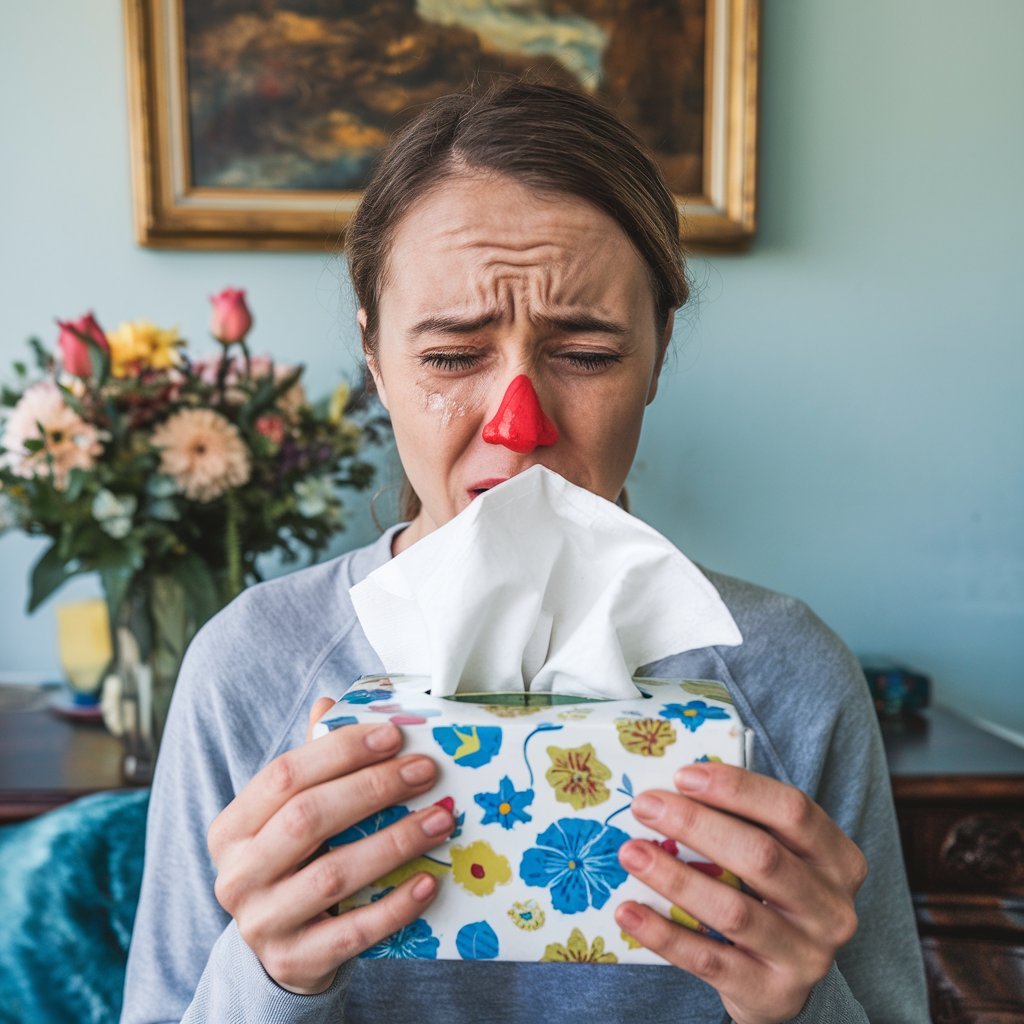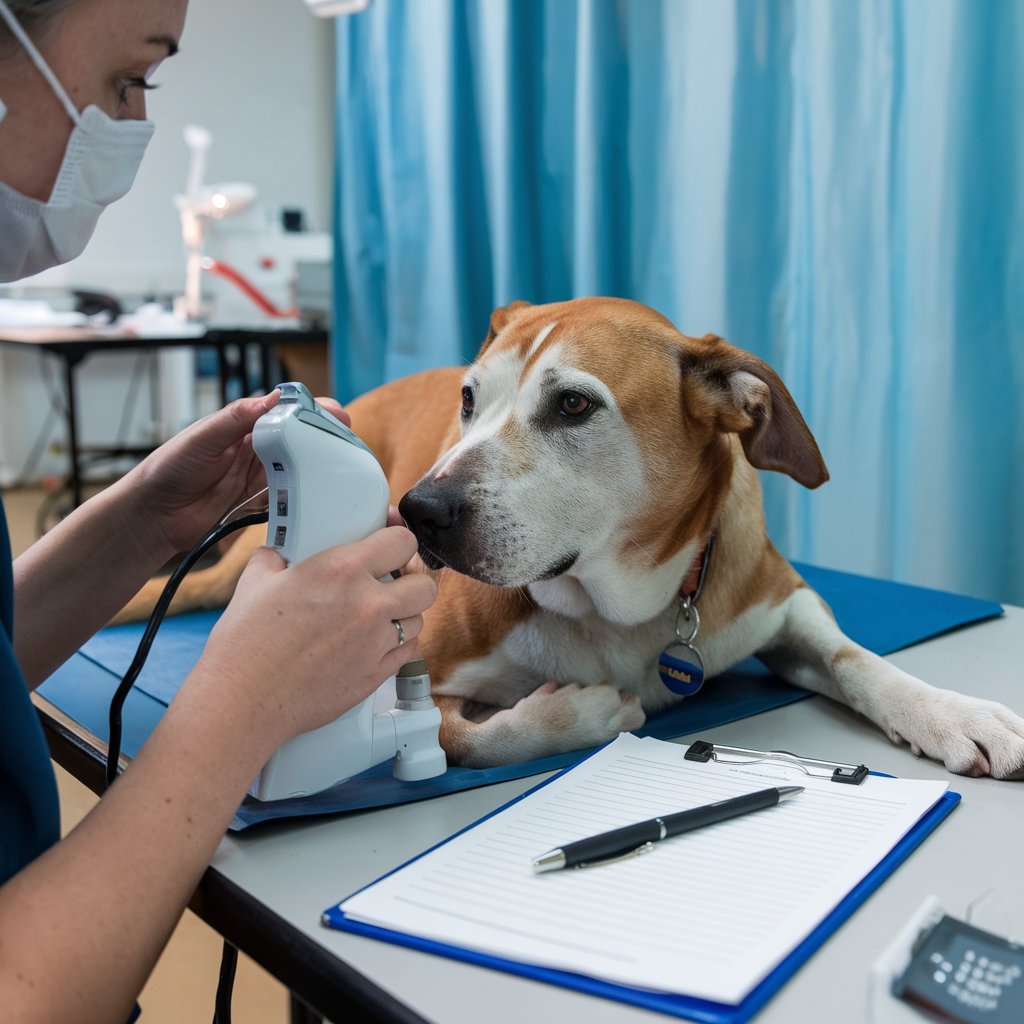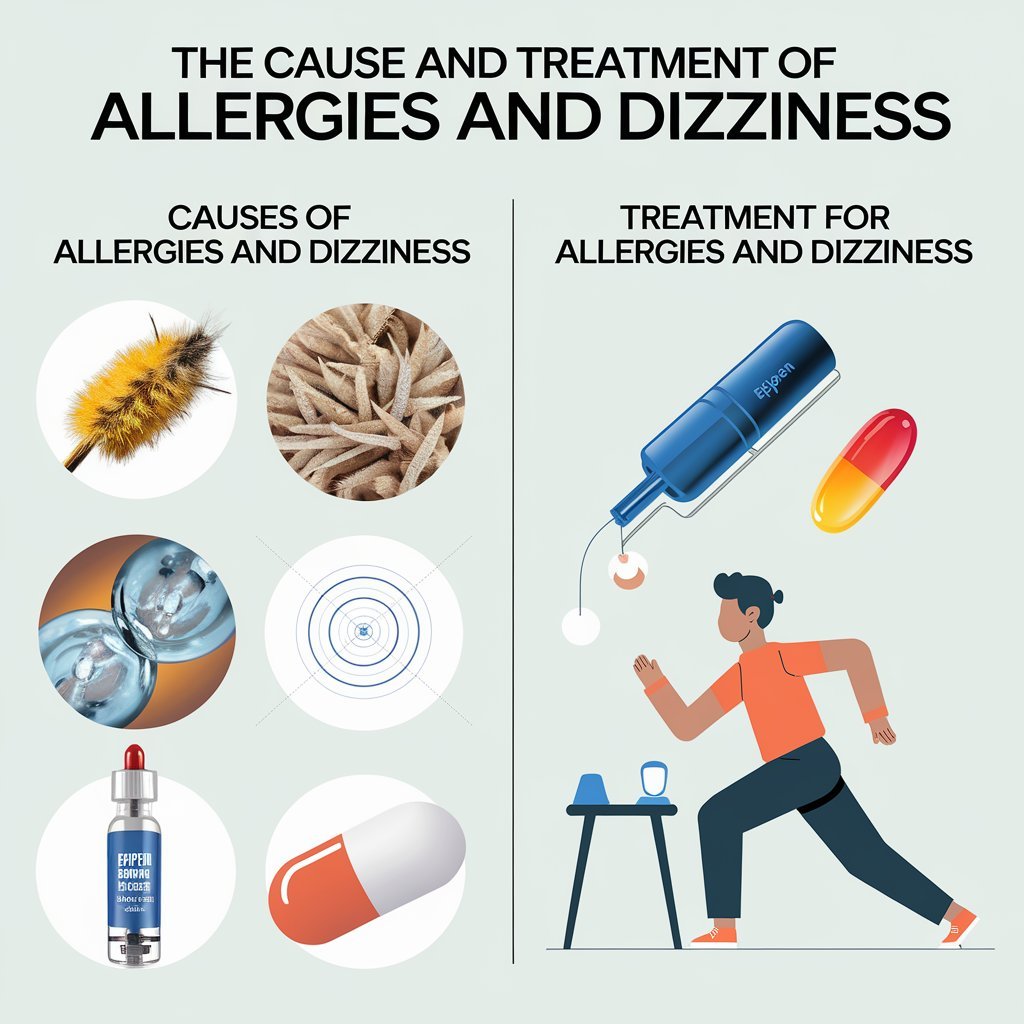Allergies develop when the immune system overacts to a substance that is commonly harmless, which is called an allergen. You cannot avoid allergies at times, but you can do certain things to prevent them.
Common allergens include pollen, mold, dust mites, and certain foods. The immune system mistakes the allergen for a harmful substance and produces antibodies to fight it. These antibodies stimulate the release of histamines, which leads to allergy symptoms like sneezing, running nose, and itching.
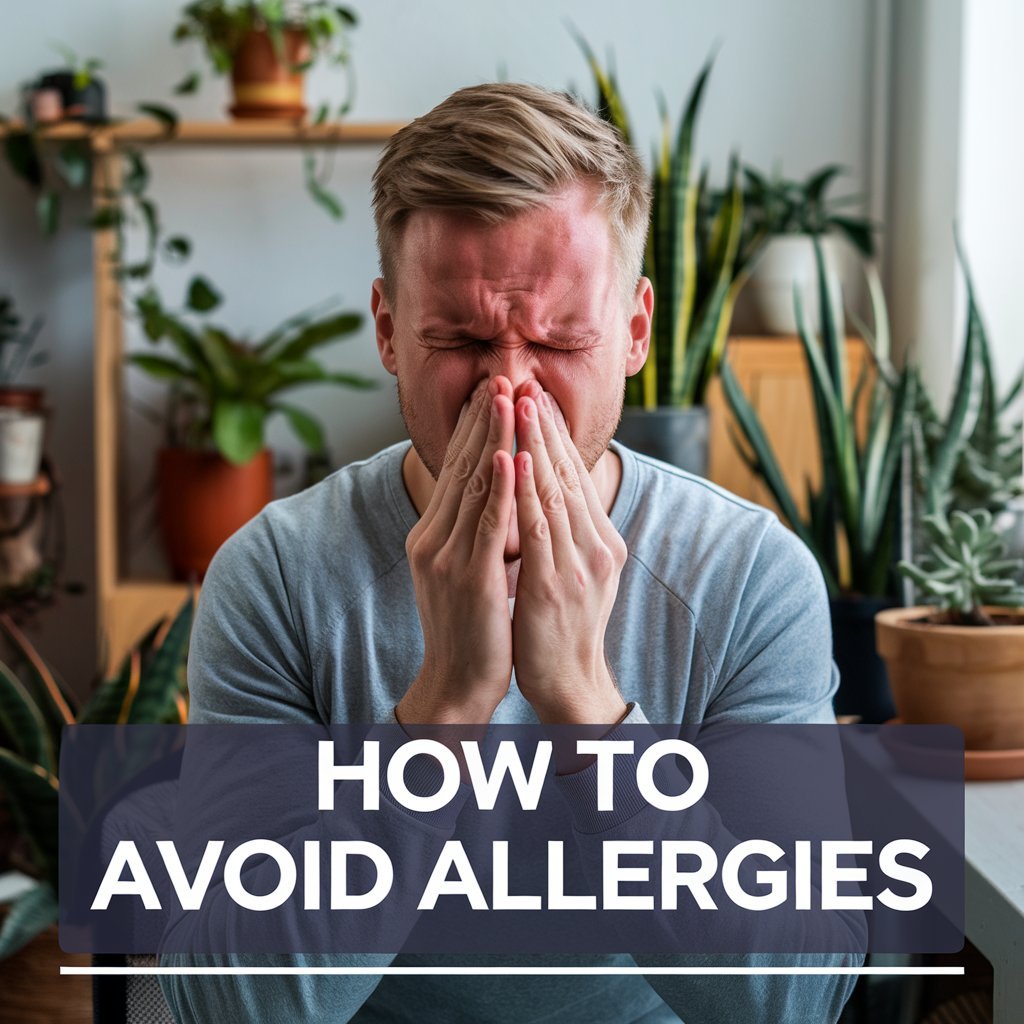
Taking steps to prevent allergic reactions and reduce symptoms can help improve your quality of life. Read on to learn ways to prevent allergies.
Who Is Most at Risk?
Allergies are a very common condition that affects all age groups and populations. More than 50 million Americans suffer from allergies, which is the sixth leading cause of chronic illness in the United States.
Some risk factors that have been linked to a higher risk of developing allergies include.
Age: Allergies can appear at any age but have a peak in some certain age. The majority of patients suffering from seasonal allergies, which are commonly referred to as hay fever, tend to develop before age 20. Food allergies tend to begin early in infants and children but may also appear in people at any age.
Antibiotics: Early exposure to antibiotics may be related to an increased risk of allergies. Reducing unnecessary use may help reduce this risk.
Ethnicity: There is a research evidence showing that some racial groups are prone to allergies more than others. Food allergies are more common in Black and Hispanic children compared to White children. Hay fever is more prevalent among Native American and White adults compared to Black and Hispanic adults.
Family history: If you have family members with allergies, you are more likely to develop allergies.
Geography: Allergies are more common in urban areas and developed countries. This could be due to increased exposure to allergens and pollutants in these areas and differences in diet and lifestyle.
Sex: It has been established that women are more susceptible to allergies than men. There is a theory that sex hormones, especially estrogen, contribute to this risk.
Genetics
Genetics has been assumed to be one of the causes of allergies. Some cases of allergies have been linked to genetics.
Changes in the gene responsible for the protein filaggrin have been associated with higher risks of developing eczema, hay fever, and food allergies. Filaggrin is a protein that is vital for the ability of the skin to act as a barrier. Other changes in the gene coding for the protein TSLP produced by some immune cells increase susceptibility to seasonal allergies and asthma.
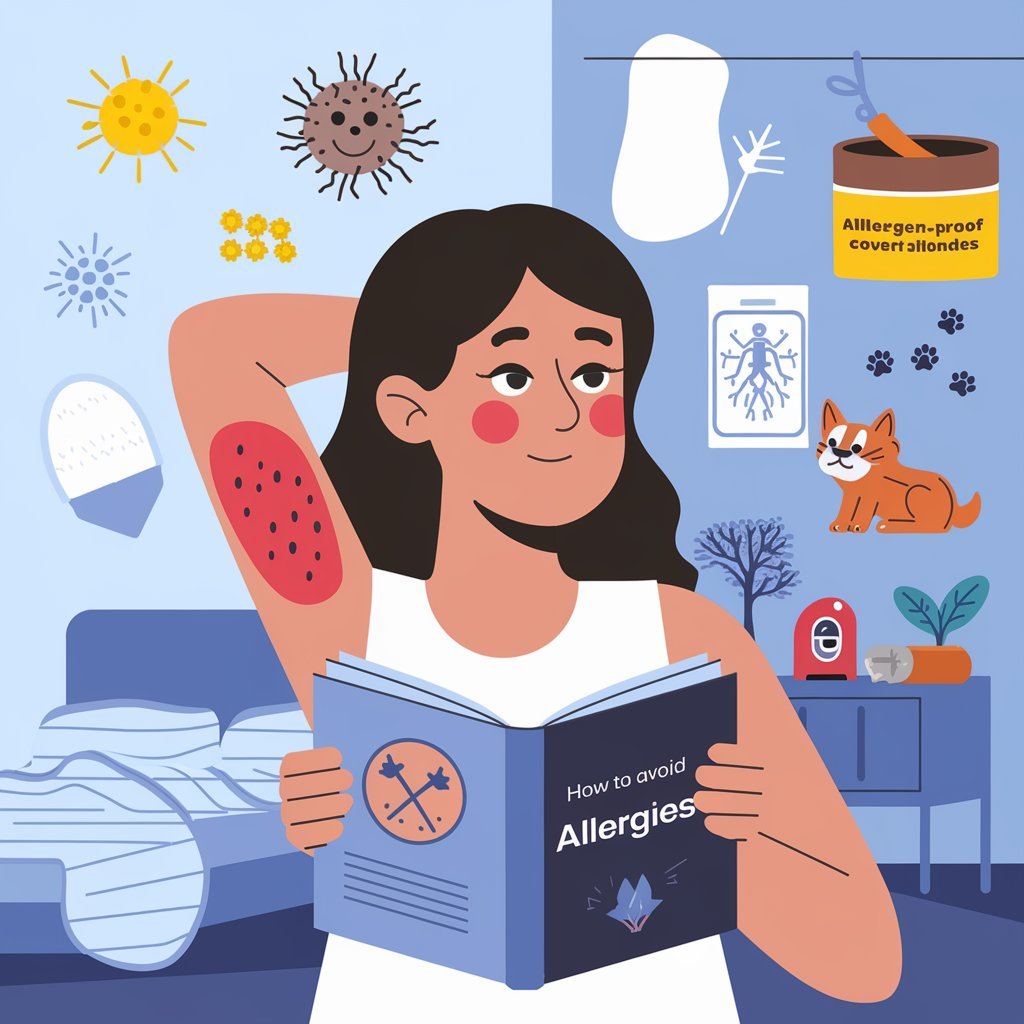
The role of genetics in allergy development is undeniable; however, not everyone with a genetic predisposition to allergies develops an allergy. Environmental factors contribute. Even people who are genetically predisposed to allergies may not get any if they avoid known allergens or pollutants.
How to Reduce Risk
Allergies are not always preventable. However, you can do some things to help lower your risk of developing an allergy.
Allergy Testing
Ask your medical provider for a referral to a specialist if you think you suffer from allergies, or are even at risk to develop them. Allergists are specifically qualified to diagnose and manage allergies and asthma. An allergist may instruct you to undertake allergy tests as a way to evaluate your likelihood.
Commonly used allergy tests include.
Blood test: This blood test, known as the RAST or ImmunoCAP test, determines the quantity of immunoglobin antibodies (IgE) present in the blood. These IgE are caused by a reaction to particular allergens. The test is very useful for patients who might not be sensitive enough to respond well to the skin test, like patients with eczema.
Oral food challenge test: This test is mainly employed to confirm the diagnosis of food allergy. This test involves small doses of the suspected allergen, and over time, increases the amount until symptoms are detected.
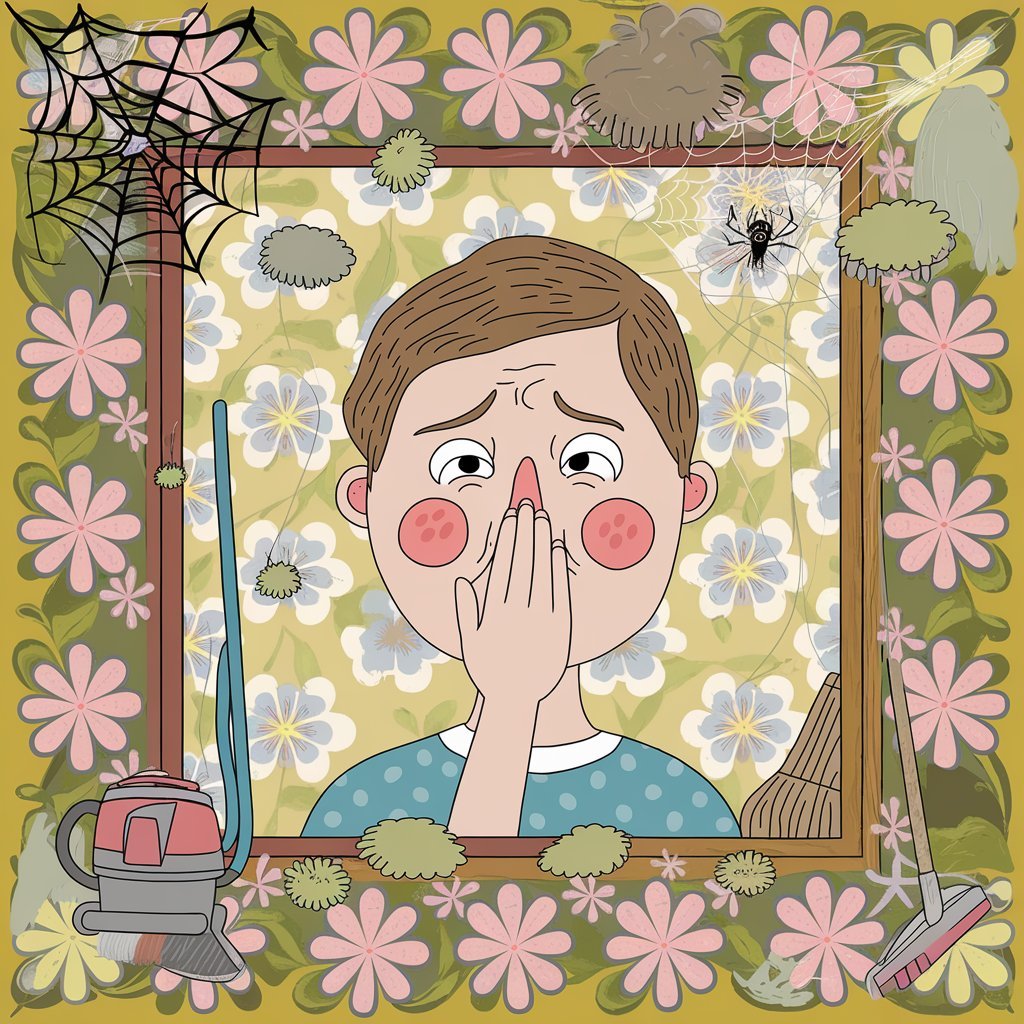
Patch test: This test involves applying a small amount of allergen to the skin in a patch for 48 hours. It helps detect contact allergies leading to a skin rash, such as an allergy to a certain chemical or metal.
Skin prick test: A small quantity of an allergen is placed on the skin and a needle pricks it. When you are allergic to an allergen, raised bumps will be formed at the prick site. This test is applied for detecting pollen, mold, pet dander, and specific food allergies.
Some people may have minor side effects with allergy testing, such as redness, itching, or swelling at the test site. These are short-lived and usually resolve with the administration of antihistamines if they occur.
Early Exposure to Allergens
Some evidence indicates that early exposure to certain allergens may prevent the development of food allergies. Parents and caregivers of young children may be advised to introduce a variety of foods to a growing infant to help prevent food allergies. Introducing peanuts to infants aged 4 to 11 months has shown the risk of a peanut allergy.
Trigger Avoidance
Knowing what you are allergic to or having parents or siblings with specific allergies may help you reduce your risk of developing allergies. For instance, if you have a high chance of becoming allergic to pollen, you can avoid the pollen allergen by staying indoors when it is highly likely to be around, closing your windows, and wearing a mask outside.
Maintain Clean Home Environment
The allergens are dust, pet dander, and mold that accumulate at home. It helps reduce the exposure to the allergens when keeping the environment clean.
You can keep your home as allergy-free as possible by following these various methods.
Don’t let your pets on your sofa or bed
Dust and vacuum your house at least once a week
Maintain humidity level at home below 50%
Quit smoking and avoid exposure to secondhand smoke
Use allergen-impermeable covers on bedding
Wash bedding in hot water and run it through a hot dryer once a week
Breastfeeding
Breastfeeding can lower the risk of allergies and eczema for children that are breastfed; however, there are further studies required. The researchers are not sure whether the effect of breastfeeding works to prevent allergy or what kind of mechanisms cause such an impact in allergy development.
Breastfed babies are less likely to develop respiratory and other infections. There is a protective effect that might be attributed to breastfeeding because it helps in lowering the disease risks later in life.
Immunotherapy
Allergen immunotherapy is an exposure to low, gradually increasing amounts of allergen in the body to gradually build up tolerance and eventually stop allergic reactions. It is long-term treatment involving injections or sublingual tablets aimed at reducing or eliminating allergies. Immunotherapy is usually recommended for people with already existing allergies.
Shots begin weekly and then eventually become monthly for three to five years. Sublingual tablets are taken daily as long as you’re on that therapy.
Probiotics
Probiotics are beneficial bacteria and yeast that can have health benefits. Yogurt, kefir, and fermented foods (e.g., sauerkraut or pickles) are high in probiotics. Probiotics may also be taken as a dietary supplement.
Probiotics have also been shown to reduce the risk of atopic dermatitis (eczema) in infants. Healthy gut bacteria and yeast only work if a pregnant person takes them during the third trimester of pregnancy and the infant continues to take them during the first three to six months of life.
Discuss with your health care provider
Discuss your concerns about developing allergies with a healthcare provider and ask them about preventive measures you can take. Make sure to discuss any major lifestyle or medical changes with a healthcare provider.
If you have allergy symptoms, it’s worth seeing an allergist. Skin testing can also change over time, so you may have to have it redone as you age.
A Quick Review
There is no surefire way to prevent allergies, but there are some methods and lifestyle habits that can reduce the risk. Some of these methods include early exposure to allergens such as eating a variety of foods during infancy, avoiding known allergens, keeping your home environment clean, breastfeeding, and allergen-specific immunotherapy. Consult with an allergist or immunologist to develop a personalized action plan to prevent or manage allergies.
